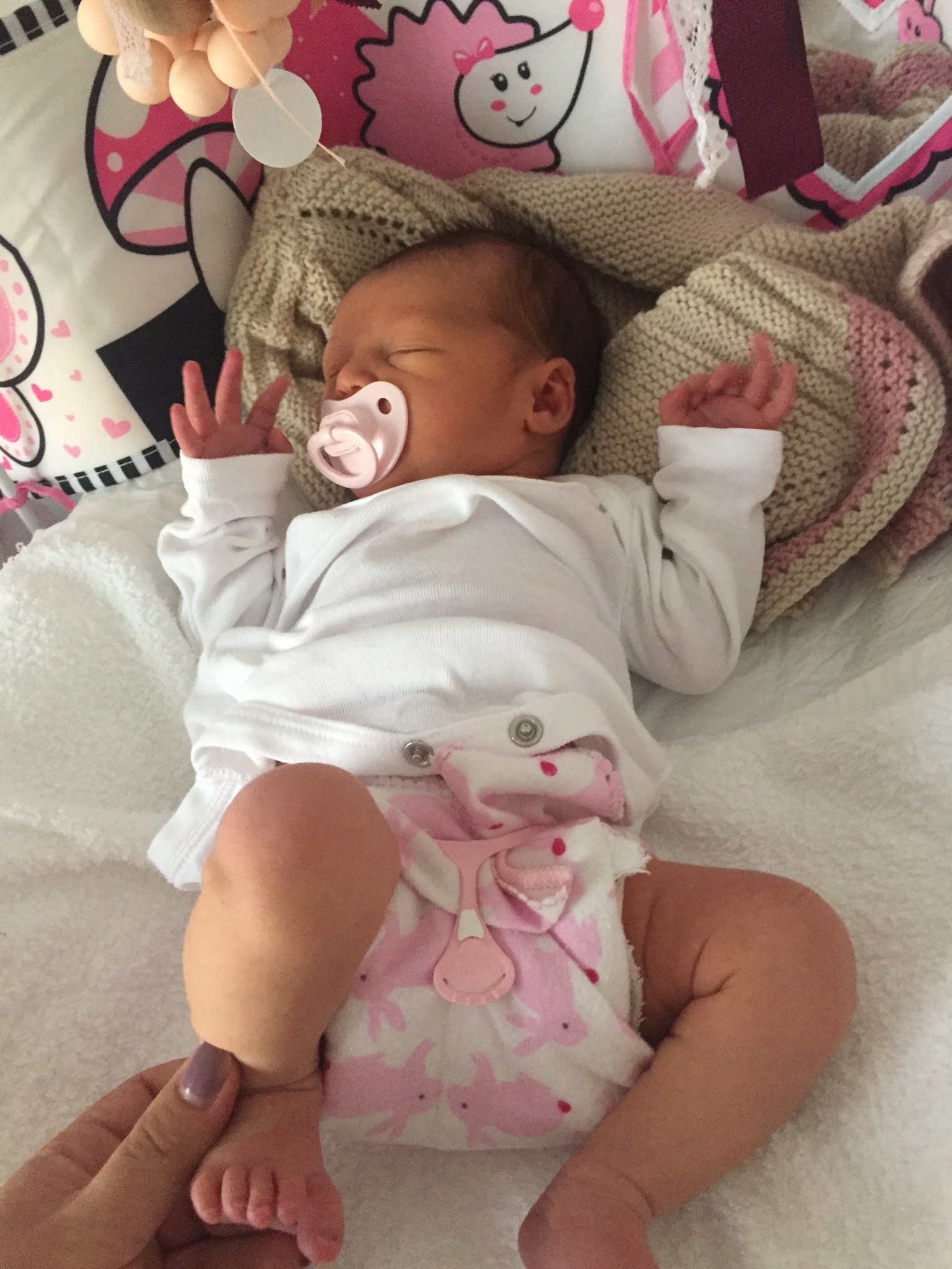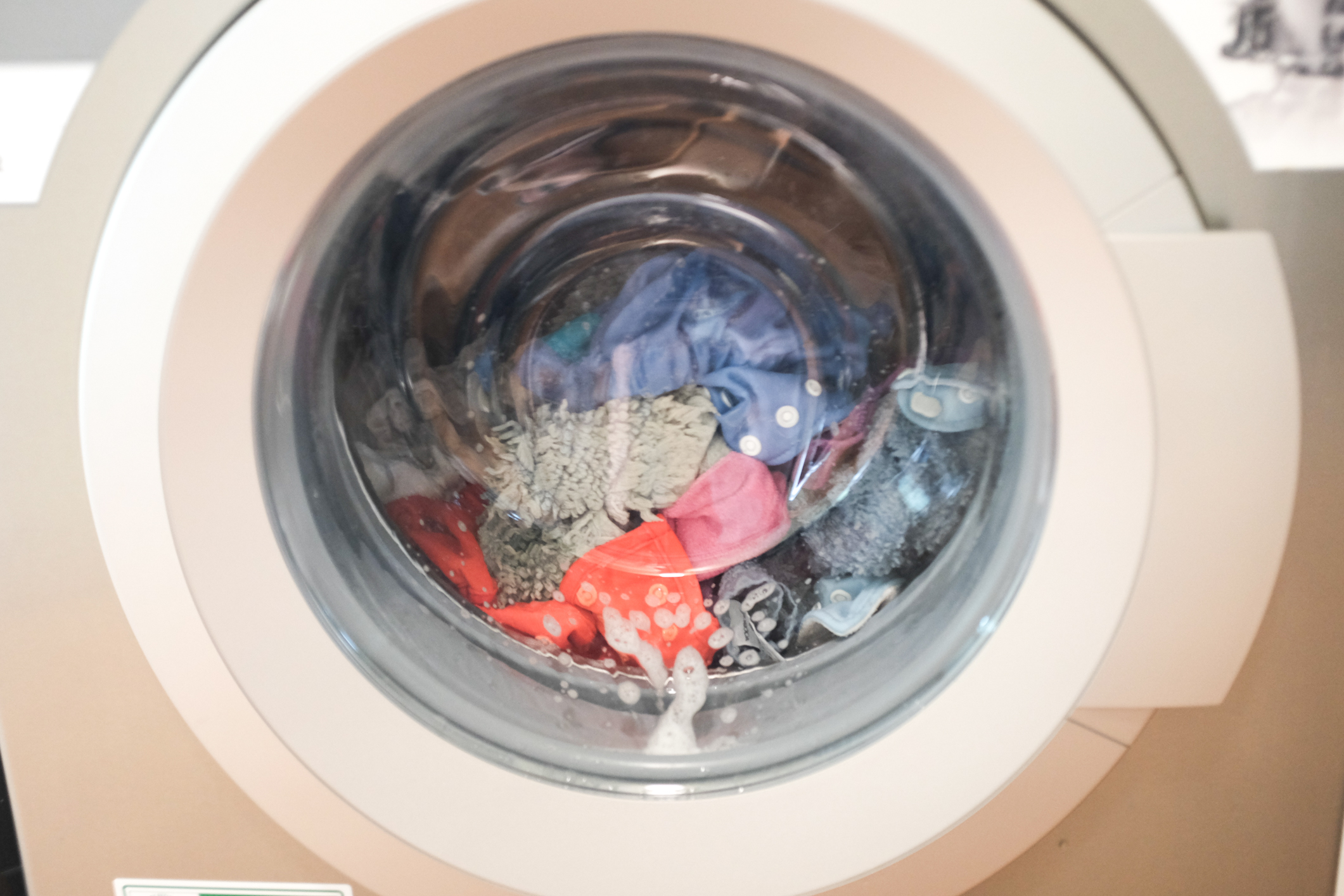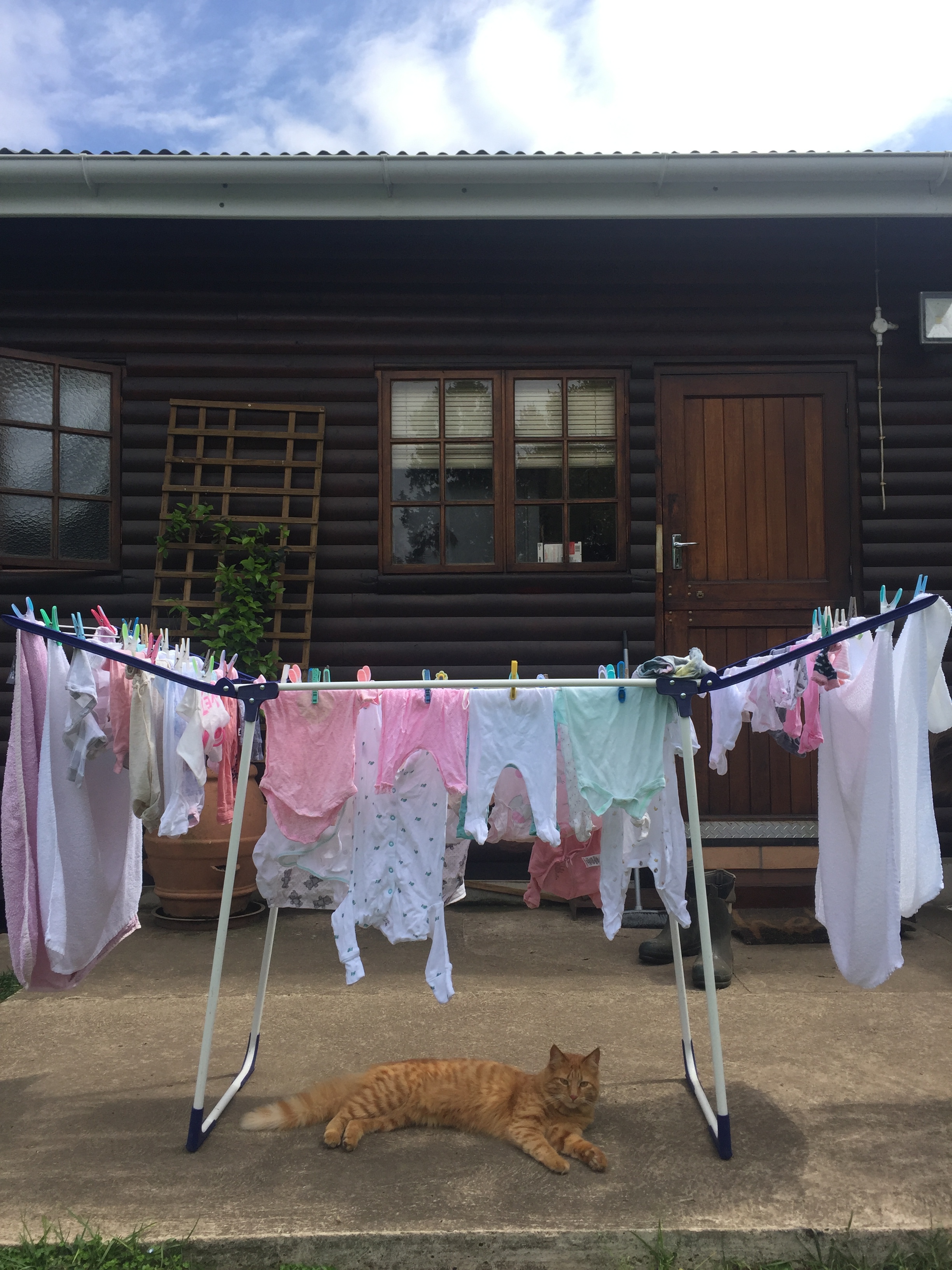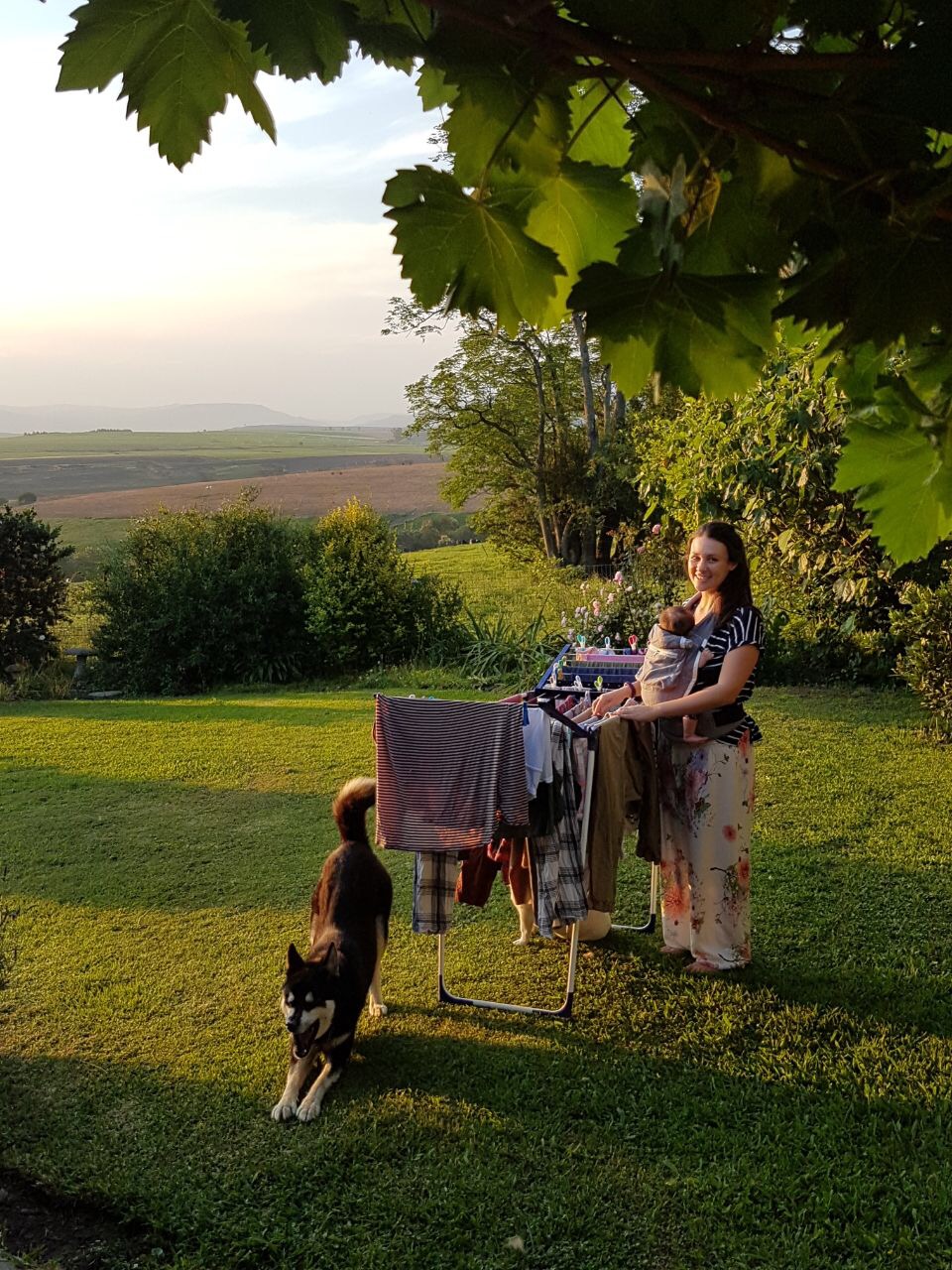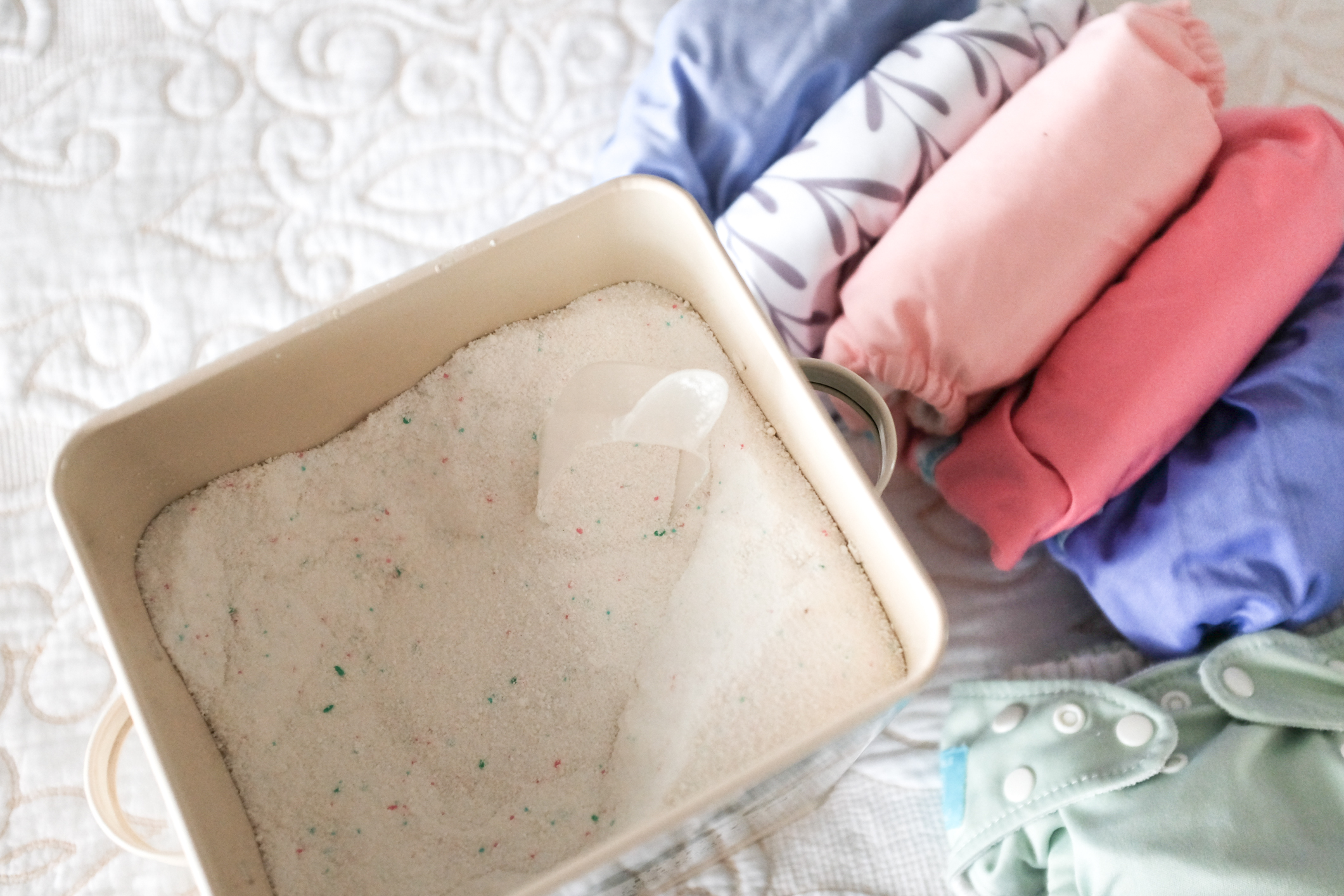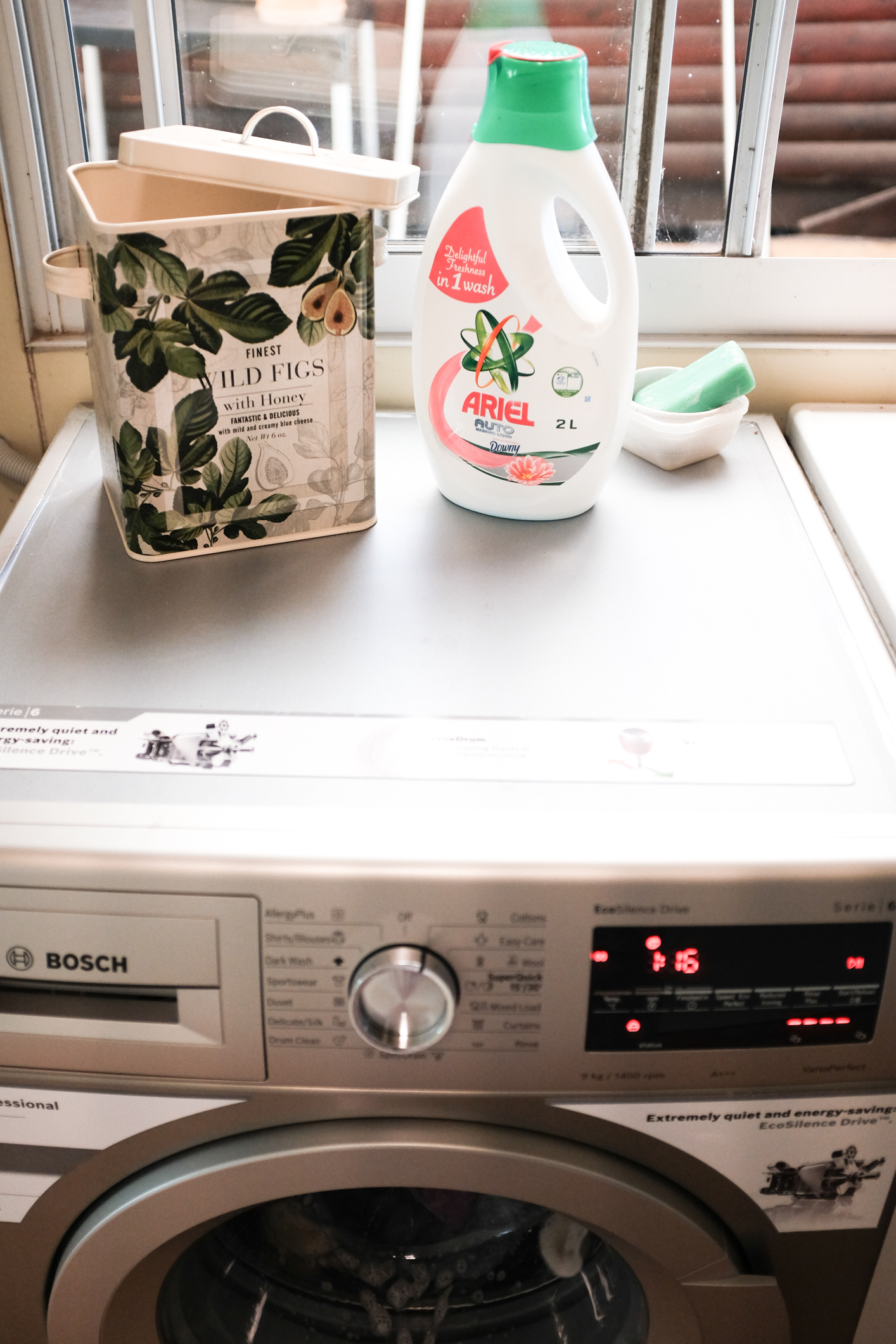{2018} 8th Annual Flats and Handwashing Cloth Nappy Challenge
/Hello, my name is Roxy and I'm a cloth nappy mommy!
My little girl, Everly Rose, is just over 8 months old, and from the day we brought her home from the hospital, we have been using cloth nappies (or cloth diapers for my US friends).
There are lots of reasons why I decided to go the cloth nappy route:
- The Environment: living out on a farm means there is very limited access to proper waste disposal. Everything gets burned or buried, and considering a disposable nappy takes 200 to 500 years to decompose (eeeeek!) you can imagine just how bad that is for our environment
- The Challenge: I love a challenge, and felt even more determined to do cloth nappies full time after a number of people rolled their eyes at my decision, saying 'we'll see how long that lasts'. Haha, call me stubborn, but I was determined to prove them wrong, and here we are, 8 months later and still going strong!
- Cost Effectiveness: cloth nappies, because they are re-useable, cloth nappies can and will save you money. Of course, this does depend on just how cloth crazy you get when it comes to the prints and designs you can buy. Also, if you use your cloth on more than one baby, the savings are huge! And even when you factor in the cost of washing nappies in your washing machine (electricity, water, washing powder etc) you can and should still be saving when it comes to nappies.
- Cuteness: cloth bums are just soooo cute! There are some incredible designs and prints out there, and it's no secret that cloth nappies can become very addictive. I laughed when I first heard someone say this, but let me tell you, it IS addictive!
Here are some of the other blog posts I've written on cloth nappies:
Tomorrow marks the start of the annual Flats & Handwashing Cloth Nappy Challenge hosted by Jenny over at Cloth Diaper Revival.
For seven days I will be using just flats & Covers, and handwashing them to get them clean. No modern cloth diapers, no washing machines and no tumbledryers. Just simple, affordable cloth diapering!
Although Jenny is based in the US, there are a number of us here in South Africa (like Marisa & Gerda over at Hippie Safari) who are taking part in this fun challenge.
For those of you wondering what on earth the flats challenge is all about, here is some more info for you:
Kim at Dirty Diaper Laundry founded the Flats and Handwashing Challenge eight years ago as a way to bring awareness that cloth diapers are a valid option for families in need, struggling to provide diapers for their baby.
"Our aim is not to say that every poor family facing the supremely difficult choice of buying diapers or food should use cloth diapers. That would be short-sighted of us to think it's an answer for every family. The flats challenge is a way to show that for families willing and able, babies can be diapered for less than $100 or even $50 and without owning a washing machine. It is a viable option for families who are in homes without washing machines and an effective one." ~Kim Rosas, Dirty Diaper Laundry
Why Flats?
- Flat cloth nappies are inexpensive. They are the most affordable nappy option, selling for around R50 - R80 depending in the type of fabric when bought new or they can be DIY-ed for free using almost any excess material (receiving blankets, t-shirts, old onesies, terry towels etc.) found in your home.
- Flat cloth nappies are easy to care for. With only one layer of fabric, flats are easy to handwash and quick to dry! Even the smallest stash of flat cloth nappies work well as they only take a few hours to dry in the warm sun or overnight indoors.
- Flat cloth nappies are easily accessible. Flats can be found in your local online cloth nappy store (my favourite being Pokkelokkie 's selection of hemp flats). A DIY project to create your own flats stash can be completed in minutes using materials found around your home.
While modern cloth nappies, like pockets and all-in-ones, are excellent diapering options, the simplicity of flats is something to fall in love with. I have quite the varied cloth nappy stash, but from the newborn stage, I've always been a fan of flats. I started by making my own flats out of cut-up receiving blankets, and then slowly started adding hemp flats to my stash. Here are some photos of newborn Everly wearing a hemp flat (left) and a homemade recieving blanket flat on the right.
I also own a number of cotton flats, but I have to say that hemp are the trimmest, and are definitely the quickest to dry. I also love using two hemp flats folded together for night time, and they last a full 12 hours without any leaks!
It's my hope that this challenge inspires you to give flat nappies a try, and that it shows families out there that flats and handwashing are viable, affordable, full time solutions for diapering your baby. And if flats aren't for you (maybe you find the idea of folding too daunting) that maybe you are still up for giving modern day cloth nappies a try for your little one.
Flats and Handwashing Challenge Rules
Materials Allowed
- Any flat cloth nappy, store bought or handmade. A flat is defined as 1 single layer of material for easier handwashing and drying
- One nighttime diaper of your choice, although it is preferred that you make flats work for nights. This nappy must be handwashed
- Doublers (not inserts meant to be absorbent enough to stand alone) if absolutely necessary
- Nappy Sprayer
- Wet bags/Pails
- Handmade washing machine, such as a camp style washer
- Non-electric portable washing machine
- Waterproof covers, store bought or handmade
- Detergents, store bought or handmade
- Snappi, Boingo, or diaper pins
- Pocket diapers stuffed with FLAT DIAPERS
- Fleece liners, store bought or handmade
- Iron to expedite drying or sterilizing diapers
Materials NOT Allowed
- Washing machine or dryer
- Pockets with inserts other than flats, AIOs, Fitteds, Prefolds, AI2s, etc.
- Flushable liners
Rules for Everyone
- You cannot use your washer/dryer.
- If something comes up and you must make an exception, you must disclose this in the Conclusion Survey or on your blog if you are a blogger.
- There is no limit on the number or flats/covers you can use. However, a reasonable amount is preferred (no more than enough for a day or two of cloth diapering).
If you'd like to follow along on social media, you can find all the posts related to the challenge under the #flatschallenge and #bringingflatsback hashtags. I'm going to attempt to blog everyday during this challenge, and will be sharing with you how I'm finding it as well as any tips and things I learn along the way. Armed with some snappies, a bucket and a plunger, I'm quite excited (but also nervous!) to start tomorrow!
See you soon!
x















